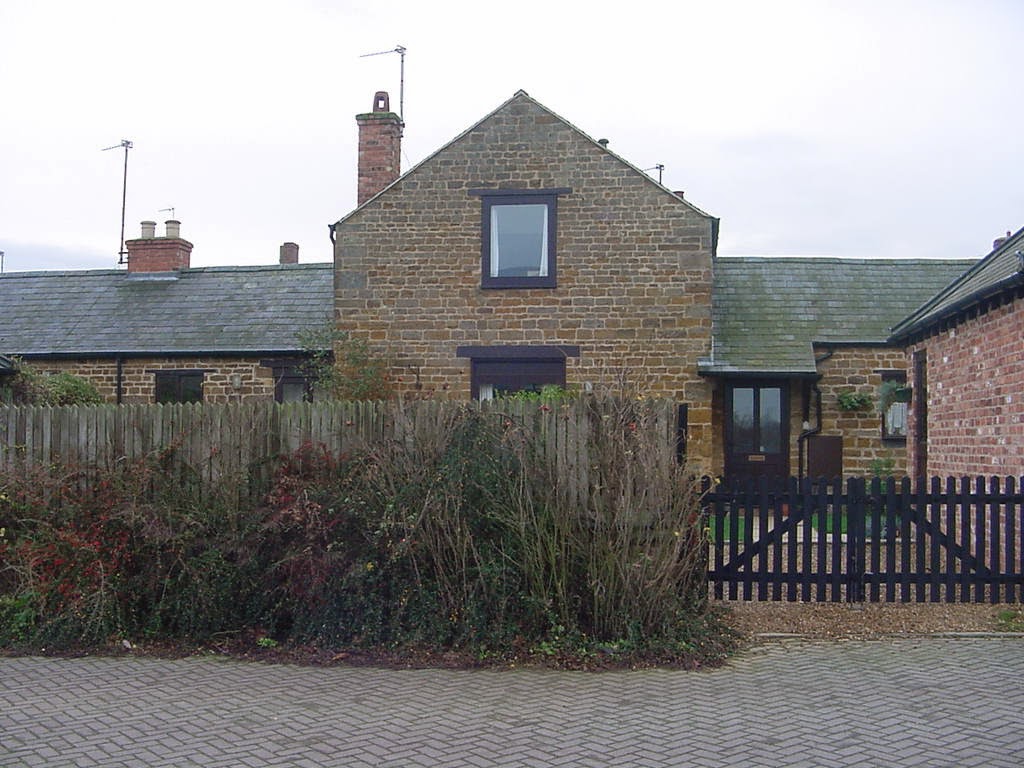The red telephone box was
designed by Sir Giles Gilbert Scott (1880- 1960) and, along with the red post
box and the red London bus, is an instantly recognizable symbols of Britain. This first picture is nephew Joshua Howarth with Heather in London.
Scott's
design of the K2 cast iron telephone kiosk won a Post Office sponsored
competition in 1924. His updated K6 design followed in 1935. A
leading architect, Scott is famous not only for his telephone boxes. His
achievements include producing the winning design for Liverpool Cathedral and
overseeing the rebuilding work required at the Houses of Parliament after the
Second World War. This next picture is Coreen Sauriol, on a trip from Canada and in Westminster as part of a guided tour.
The red
K2 telephone box was introduced to the streets of London in 1926. It was used
solely in the capital and only a few were erected elsewhere under special
circumstances.
The red phone box was a
standard for me growing up in Greater London right from the early days of press
button A and press button B. I can even
remember some Cub Scout badge work with instructions on how to use the red
phone box in emergencies. Different
times! The abiding memory is not of an
age of communication but sadly the stale smell of public convenience. Red phone boxes may well have been used as
often for a quick pee as a quick call.
They were always cold and unwelcoming and packed with phone directories. Picture below is taken from London open top bus tour and with things British in mind.
I remember the red phone box in
the Saracens Head in Little Brington and right here in Mission BC and New
Westminster BC two red phone boxes on the street.
The K2
is both impressive and imposing, weighing over an imperial tonne. On top of the
kiosk, on all four sides is the Royal crest of King George V formed from a
series of holes to provide ventilation. K2 telephone
kiosks are older and larger than the more widely used K6 telephone box and are
very rare. Only
about 1500 K2 kiosks were produced and only a few remain today.
The K2
telephone box was too big and expensive to be used nationally. The Post Office,
once responsible for public telephone boxes in Britain, discontinued production
of the K2 kiosk in favour of other designs. In
1935, the Post Office commissioned a new kiosk from Scott to celebrate the
Jubilee of King George V. The K6 Jubilee Kiosk, as it is known, was similar to
the K2, being made of cast iron and painted red but was 25% lighter in weight
at around three quarters of a ton. By the end of the 1930s there were 20,000 K6
telephone boxes in use all over the UK. This picture is taken outside the Dirty Duck Pub in Stratford Upon Avon.
In the
1970s and 80s, as public telephone boxes began to age, sadly problems with
vandalism and a failure to repair damage quickly resulted in the demise of the
classic red telephone box. In 1985 a newly privatised BT announced sweeping
changes to improve the condition of kiosks. There was a lot of experimentation
with new designs to prevent vandalism, which resulted in many K6 telephone
boxes being removed from our streets and sold off. The replacement boxes were
less pleasing to the eye and had little design merit. Fortunately, however, about
2000 red telephone boxes were declared listed buildings and remain in place.























